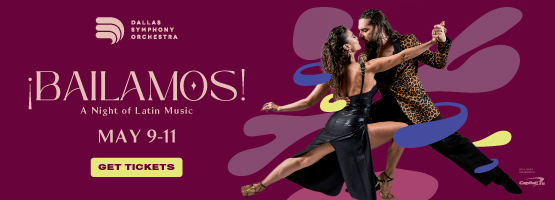“Everything comes back to the water,” said San Antonio Museum of Art Curator Regina Palm. “Without the city’s artesian wells, the brewery would not be here, and the museum would not be here.”
According to Palm, the initial seed for the show was planted by SAMA Director Emily Neff. “We wanted to take these eight weeks in the summer to look back on the history of the city,” Palm said. “And unlike most shows I have curated, it’s an exhibition by committee. A number of us from across various departments worked together to create the show.”
SAMA came about when the Lone Star Brewery, which was established in 1884, was repurposed by Cambridge Seven Associates at a cost of $7.2 million and opened in March 1981 with the slogan “We’re Brewing Art.” It is among many museums worldwide that came about through adaptive reuse. Other notable buildings include London’s Tate Modern, which was a power station, and Paris’s Musée d’Orsay, which was a train station. This type of development revitalizes communities while respecting their history.
During its heyday, the brewery produced and sold some 65,000 barrels annually but ceased operations with the advent of Prohibition, at which time it began manufacturing Tango, a non-alcoholic drink.
Another milestone in SAMA’s history was in 2009, when the River Walk reached the museum, making it the center of the area’s development. To accommodate the new riverfront access, the Gloria Galt River Landing was built, which features a shaded pavilion, an esplanade, and a terrace along the museum’s north side.

1 ⁄9
Construction of the Museum's Asian art wing, San Antonio Museum of Art Photo Archive.

2 ⁄9
Old Lone Star Brewery with original bridge, San Antonio Museum of Art Photo Archive.

3 ⁄9
Kaufmann & Strauss Company, New York, Lone Star Brewing Company, n.d., Oil on tin, Gift of Charles E. Mueller, 79.160

4 ⁄9
Building interior, 1970, Courtesy of the San Antonio Museum of Art.

5 ⁄9
Lone Star Brewing emblem, Courtesy of the San Antonio Museum of Art.

6 ⁄9
SAMA front exterior, Courtesy of the San Antonio Museum of Art.

7 ⁄9
Peter Birkhäuser, Swiss, 1911–1976, Ladies Drink Beer Too, 1957, Color lithograph on paper, 59 1/2 x 45 1/4 in., The Gambrinus Company © Estate of Peter Birkhäuser

8 ⁄9
Jean Adrien Mercier, French, 1899–1995, MAÏK, ca. 1929, Color lithograph on paper, 84 1/2 x 57 in., The Gambrinus Company, © Jean-Adrien Mercier/ADAGP, Paris, 2023

9 ⁄9
Unknown, Pacifico, n.d., Color lithograph on paper, 54 3/4 x 43 in. (framed), The Gambrinus Company.
To organize Still Brewing Art, the SAMA staff collaborated with the San Antonio community, including the San Antonio Conservation Society, San Antonio Public Library, and Institute of Texan Cultures. “Everyone was happy to help out,” Palm said. She is fairly new to San Antonio and was impressed by the level of warmth and enthusiasm from community members regarding the project.
SAMA Director Emily Neff told her staff she wanted Still Brewing Art to be a fun summer show that was also a pleasure to bring to fruition. There will be numerous community events this summer in conjunction with the show, including a beer garden with beer tastings.
—DONNA TENNANT




